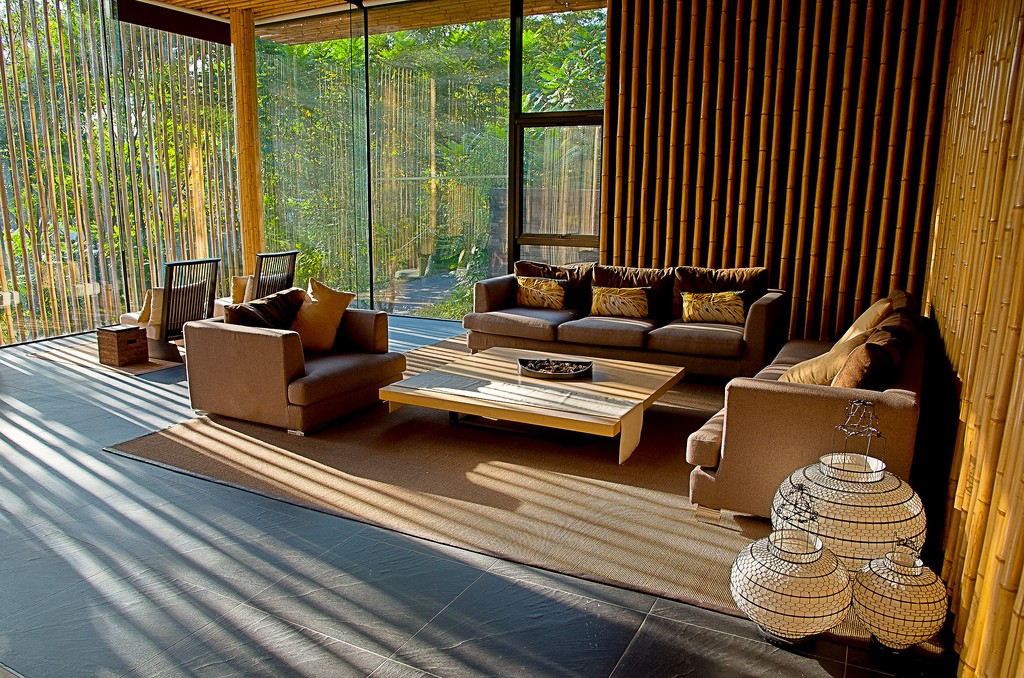Not Exactly What You Think of When You Hear ‘Millennial Commune’

When I came across this article with the headline “The Millennial Commune,” I expected to read a story about young, broke millennials getting together in large houses or apartments to save on living costs and find like-minded individuals.
Instead, the Times story is about people with deep pockets willing to pay “$1,600 to $4,000 a month for a room in an apartment to be shared with others who, theoretically, have a similar worldview.” WHAT.
Here’s a description of Pure House, one of the co-living spaces:
Prospective residents answer probing questions like “What are your passions?” and “Tell us your story (Excite us!).” If accepted, tenants live in what the company’s promotional materials describe as a “highly curated community of like-minded individuals.” In other words, they rent a room in an apartment in Williamsburg, Brooklyn, but with opportunities for social and spiritual growth, like dinner parties and meditation sessions.
Pure House is among a handful of businesses that are renting rooms at a premium in exchange for access to amenities, a dormlike atmosphere and an instant community. For a certain set of New Yorkers, often new arrivals to the city with an income but no rental history, Pure House offers something of a reprieve. No credit check. No draconian rules about earning 40 times the monthly rent. No 12-month lease.
Okay, but, it seems to me that the people who really need this kind of reprieve don’t have $4,000 to drop on a room in an apartment (or a “lifestyle” or whatever this is being marketed as). I tried to look at Pure House’s website for additional information and found it utterly baffling (lots of photos of people gazing into sunsets?).
This is supposedly a story about the sharing economy — share a living space and do activities with like-minded people for a certain price — but the majority of the people interviewed in the story work in the tech industry, or are entrepreneurs with money (i.e. “Ms. Morris, 29, a Harvard graduate, rented the apartment in January with two other entrepreneurs to create a household that could double as a place to build a brand”). It’s a commune for start-up kids with money, or bros (i.e., this part that describes how tenants are chosen for a downtown loft: “Prospective tenants are subjected to several lengthy interviews with Mr. Gerstley and the residents, who collectively agree on their next housemate. Usually, the process involves a fair amount of alcohol and a visit to a favored Loft haunt, Fresh Salt, a Beekman Street bar).
There are plenty of people who disapprove of this whole thing:
Critics, however, say the co-living business model could ultimately drive up housing costs, since many of the companies sublease units and charge a premium on the rent.
And in some cases, the arrangements could violate city and state housing laws. For example, it is potentially illegal for a tenant of an apartment or a house to have more than two roommates who are not family members. And to limit single-room occupancy hotels, city law prohibits landlords from renting out individual rooms in apartments.
“I think it’s only a matter of time before the courts recognize them as effectively landlords who are running S.R.O.’s,” said David E. Frazer, a Manhattan lawyer who represents tenants.
Some of these co-living spaces have already failed to succeed, but amenity-filled luxury buildings have always existed and will continue to exist for those with money to burn — this is just that, really, by another name. And the vast majority of us will continue to search the dark depths of Craigslist for our “co-living” needs.
Photo: Clarence
Support The Billfold
The Billfold continues to exist thanks to support from our readers. Help us continue to do our work by making a monthly pledge on Patreon or a one-time-only contribution through PayPal.
Comments